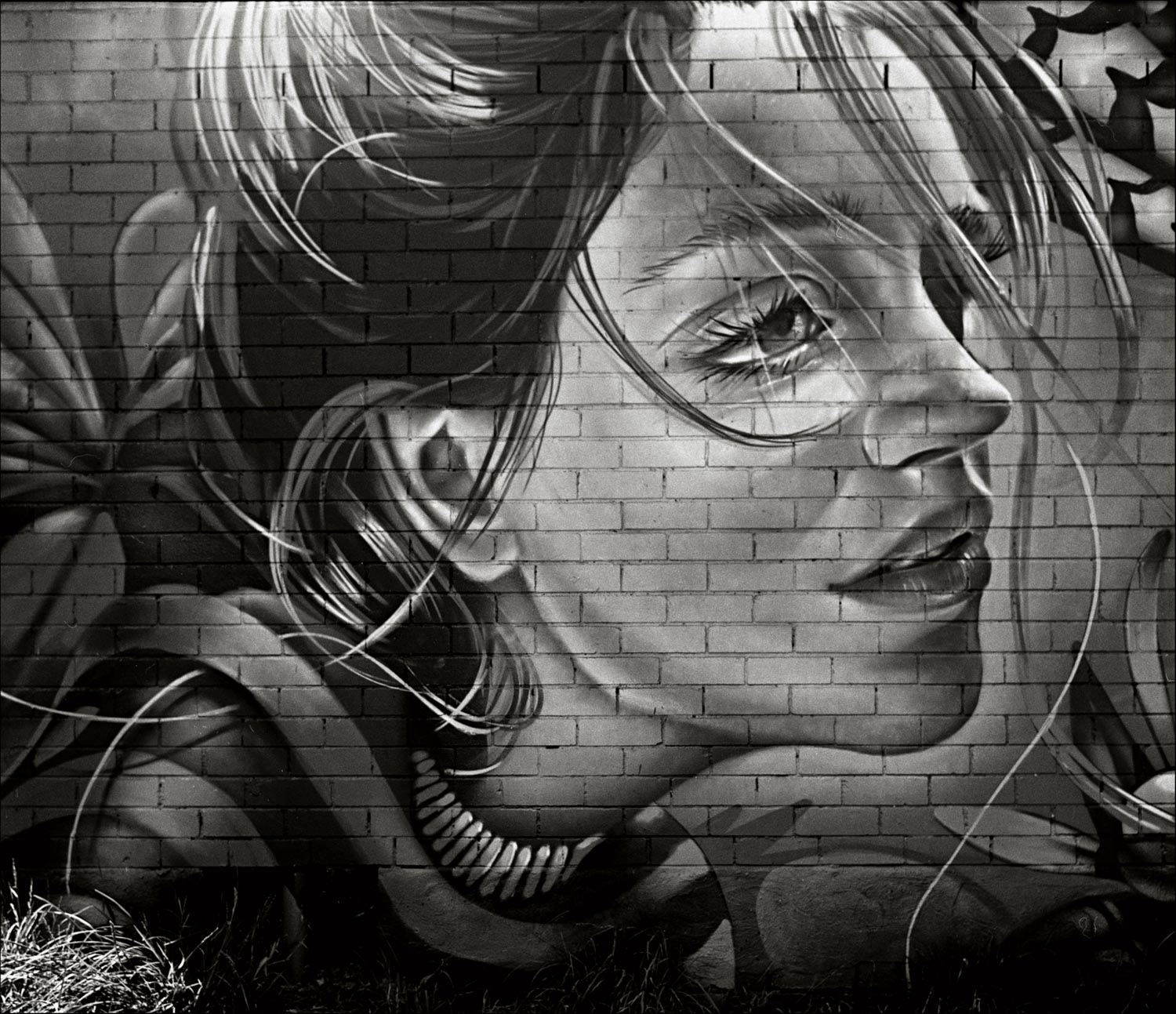The Agfa Super Isolette with its Agfa Solinar 75 mm f/3.5 lens is considered by many to be the finest 120 folding camera ever made so my expectations of this camera were very high when I purchased it from the well know folder repairman Certo6 in the US. This 1955 German-made camera has excellent build quality unlike many of the cheaper and more popular Isolettes, and its 4 element Solinar (Tessar) lens is very sharp from edge-to-edge, even wide open.
I took this camera on a day trip to the Blue Mountains near Katoomba on its first serious outing, loading it with Kodak T-MAX 400 film, my stock 120 film, which I always rate at 200 ASA. The Agfa folded, slipped easily into a small shoulder bag making it the perfect carry around 120 camera much more compact than a bulky TLR eg It is easy to handhold so I did not take a tripod with me as I walked around the National Park and Katoomba.
Out of the 12 frames I shot that day, at least 6 were keepers and I think the reason for that is the camera was with me all the time allowing me to shoot when I saw something worth shooting.





The camera was easy to load and the film advance has the smooth precision of a fine wristwatch. After setting the aperture and shutter speed, the latter must be cocked manually which is typical of cameras of this vintage. Focusing is via a knurled knob, not that easy to operate, but the rangefinder patch was bright and the image snaps clearly into focus.
Back home, I developed the film in my normal developer, Kodak D-23, which I make up as needed from 2 simple ingredients (metol and sodium sulphite). The resulting scans had superb tonal graduation and had the “look” I was after. For me, German glass does this whereas more modern Japanese glass aka Mamiya 7, tends to be clinically sharp and lacking some character.
I made three 16 by 16 inch prints from these negatives and was very impressed with them. This camera is a keeper.
~ Peter
Submit your 5 Frames… today
Get your own 5 Frames featured by submitting your article using this form or by sending an email via the contact link at the top of the page.
Share your knowledge, story or project
The transfer of knowledge across the film photography community is the heart of EMULSIVE. You can add your support by contributing your thoughts, work, experiences and ideas to inspire the hundreds of thousands of people who read these pages each month. Check out the submission guide here.
If you like what you’re reading you can also help this passion project by heading over to the EMULSIVE Patreon page and contributing as little as a dollar a month. There’s also print and apparel over at Society 6, currently showcasing over two dozen t-shirt designs and over a dozen unique photographs available for purchase.








2 responses to “5 Frames… With Kodak T-MAX 400 (EI 200 / 120 format / Agfa Super Isolette)”
I love my Super Isolette – the first time I’ve parted with serious money for a camera. I can take it or leave it with 35mm rangefinders; Within my budget, they simply don’t seem to offer any meaningful advantage over an SLR in the same price bracket and numerous disadvantages. But the combo of that big fat 120 6×6 neg and the lovely lens in a compact folding package make this pretty much my absolute ideal camera.
Thanks for the article!
I’ll keep my comments short. The images from this camera so impressed me, that I sold my two Rolleiflexes. If you wear eye glasses, a Voigtlander Kontur finder makes framing the subject much easier.